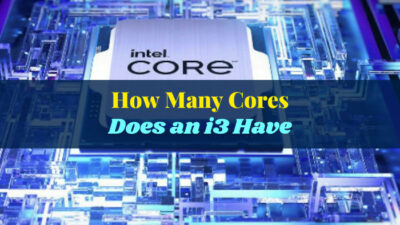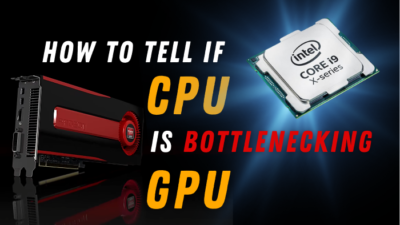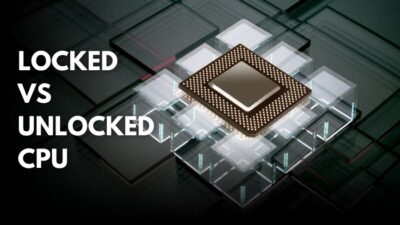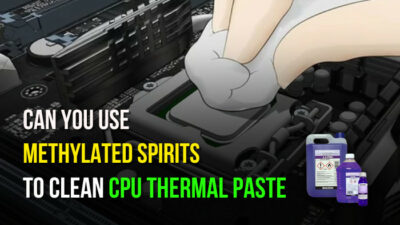A computer is a marvelous machine that connects several components synchronously and still performs without fail.
However, most of the components are not connected to each other. While the CPU processes all the instructions and the hard disk stores the data, they don’t have any direct wire connection.
So, how do they collaborate while performing operations? Well, this article will answer all your queries.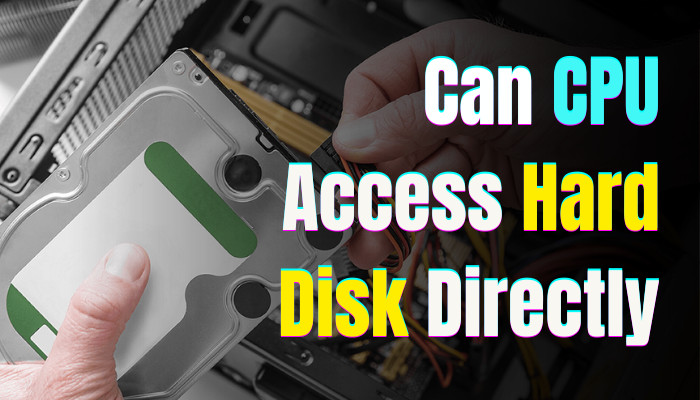
Let’s get started!
Can Your CPU Access Hard Disk Directly?
The primary computer architecture restricts the CPU from directly accessing the hard disk. Instead, it uses its registers and main memory. The HDD must first transfer the stored data to the main memory chips, allowing the CPU to work with it.
The CPU (central processing unit) is the main component of a computer that executes all instructions and performs operations.
Contrarily, a hard disk is a storage device that stores all user data along with the Operating System and other programs.
When the CPU needs any data stored on the hard disk, it establishes a connection with the I/O (input/output) controller to assess the hard disk because the HDD is connected to the motherboard via an I/O controller.
So, how does the CPU connect to the motherboard?
The CPU connects to the motherboard via the FSB (front side bus). The FSB is also known as the speed of the motherboard. The CPU may use AMD HyperTransport or Intel QuickPath to connect, depending on the motherboard.
It’s crystal clear that the CPU cannot directly access the hard disk because of CPU architectural limitations. There are other reasons for these limitations that I will cover in the next section.
Why Can’t a CPU Access a Hard Disk without RAM?
The CPU cannot access the hard disk without RAM because it cannot hold enough state to communicate with the HDD. In addition, lack of hardware controls, speed of data, word length, and smoother operations also restrict the CPU from accessing the hard disk.
There is no direct physical cable connection between the HDD and the CPU. That prevents the CPU from directly accessing the hard drives.
Instead, the CPU directly connects to the motherboard via the front side bus. The Northbridge chips manage the connection between the CPU and RAM. Contrarily, the Southbridge chips manage the connections of HDDs.
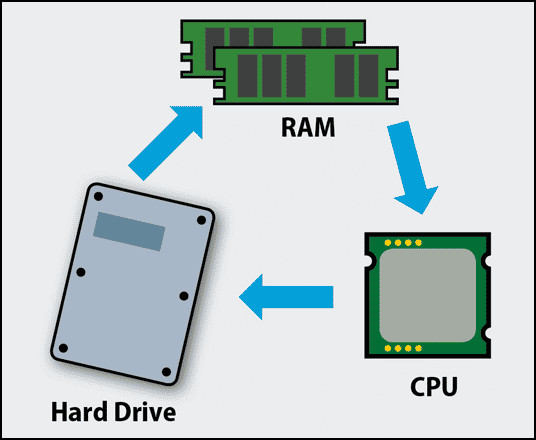
Consider the following discussions to understand better why the CPU fails to access HDDs without the help of the RAM.
Here are the reasons why the CPU cannot access the hard disk without RAM:
Shortage of Hardware Controls
Hard drives demand various control commands to connect, preventing the CPU from accessing them like other memories, including RAM, ROM, etc.
The control commands include complex logic, and executing them is stressful; thus, the CPU avoids directly accessing the HDD and SSDs.
Slower Data Speed
Another essential thing to consider is the speed of data. RAMs are way faster than hard drives, and CPU caches are much faster than RAM. Usually, the hard drives are slower among all memories used for computing.
The slower data speed of the hard drives is not perfectly synchronized with the high CPU clock speed. Hence, the CPU cannot directly access the hard drives.
So, why did we use HDDs instead of RAM?
Because the RAMs are considerably more expensive and cannot store data when turned off. Therefore, hard drives are more reliable and cost-effective.
No Direct Physical Connection
The lack of direct physical data connection is another reason that restricts the CPU from accessing the hard drives.
Instead, the CPU directly asks the motherboard for data using the front side bus. The data transfer occurred between the CPU and hard drives using the NB (Northbridge) and SB (Southbridge) chips.
Different Data Type
Where the CPU accesses the data in a parallel fashion, hard drives are accessible via serial data. So, the CPU fails to access the data of hard drives directly.
Lack of Smooth Operations
CPU executes all instructions to run any program, but it cannot store the whole program. Therefore, the CPU needs a storage device to store the data to access them quickly.
It will be prolonged if the CPU uses a hard disk to store the instruction. RAM can access any memory address significantly faster at any point. On the other hand, the hard disk needs to rotate the disk to access data from a certain address, which takes too much time.
Accessing the random memory addresses is exceedingly challenging for an HDD compared to the RAM. The hard disk’s slower data reading and writing speed will force the CPU to remain idle during the process.
However, SSD can handle random memory addresses far better than HDD. It is still longer than the RAM. That’s why the CPU doesn’t access the HDD/SSD to collect or store data.
How Does the CPU Access the Hard Disk
The hard disk uses an I/O (input/output) controller to connect to the motherboard. The controller uses a protocol to communicate with the CPU. Device driver applications contain the instructions that connect the CPU with the I/O controller.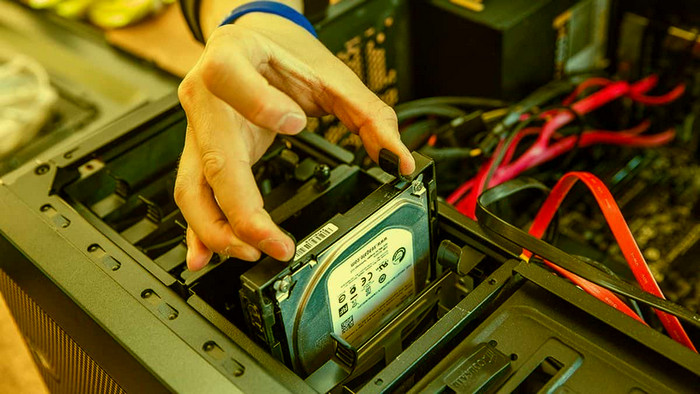
The operating system is stored in the HDD, and the CPU can’t boot without the hard disk. The process may take a lot of work to understand. However, consider the following steps to quickly understand how the CPU accesses data from the hard disk.
Here are the steps involved in accessing data from the hard disk:
- When the CPU needs any data, the CPU sends a request to the I/O controller to access it.
- The I/O controller fetches the data from the hard disk and stores it in a buffer memory.
- The I/O controller transmits the data to the CPU.
- The CPU executes the data and sends it to the memory.
The above procedures cover all the steps needed to access the data from a hard disk. Here, the I/O controller functions as an intermediary between the CPU and the hard disk.
But, you must fix the issue with hard disk keeps disconnecting. Otherwise the CPU won’t be able to access the data stored in the drive.
Frequently Asked Questions
Can CPU access SSD directly?
SSD uses a different type of memory than RAM, and the CPU cannot directly access the SSDs. However, an SSD can dramatically make your computer faster.
Which is directly accessible by the CPU?
The CPU can directly access the primary memory. Contrarily, it cannot directly access the secondary memory.
Can the CPU directly access secondary memory?
A CPU cannot directly access secondary memory. Instead, the data is first sent to the Random Access Memory(RAM) and then to the Central Processing Unit.
Wrap Up
Though the CPU and hard disk are directly connected to the motherboard, they don’t have any direct physical connection. Instead, the hard disk uses an I/O controller to communicate with the CPU.
When the CPU needs any information, it requests the I/O controller for the data. Then the I/O controller fetches the data from HDD/SSD and sends it to the CPU using the buffer memory.
If you have any additional queries, don’t forget to leave a comment below.

